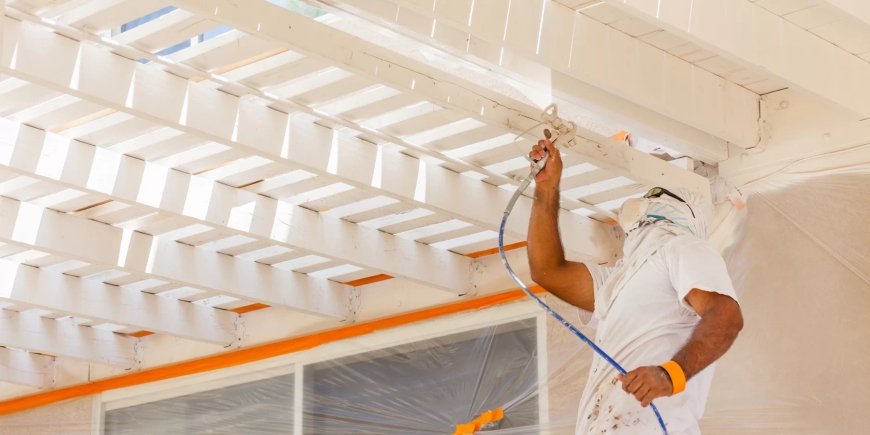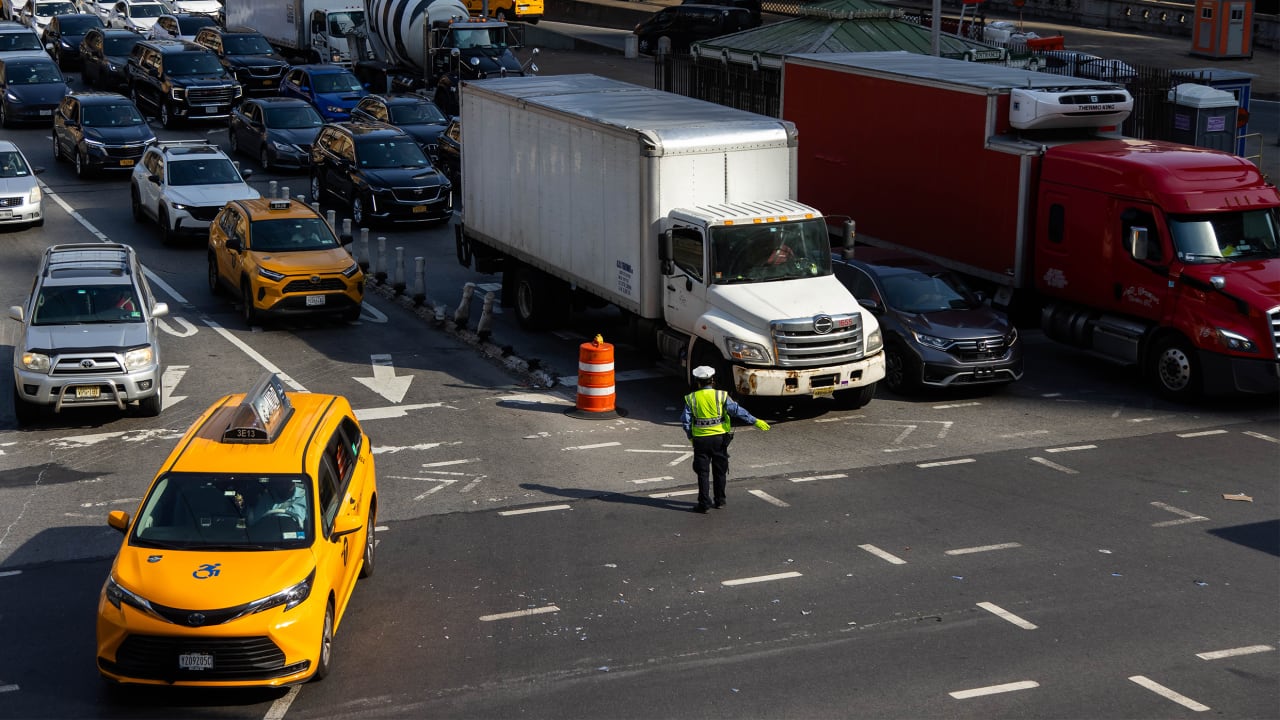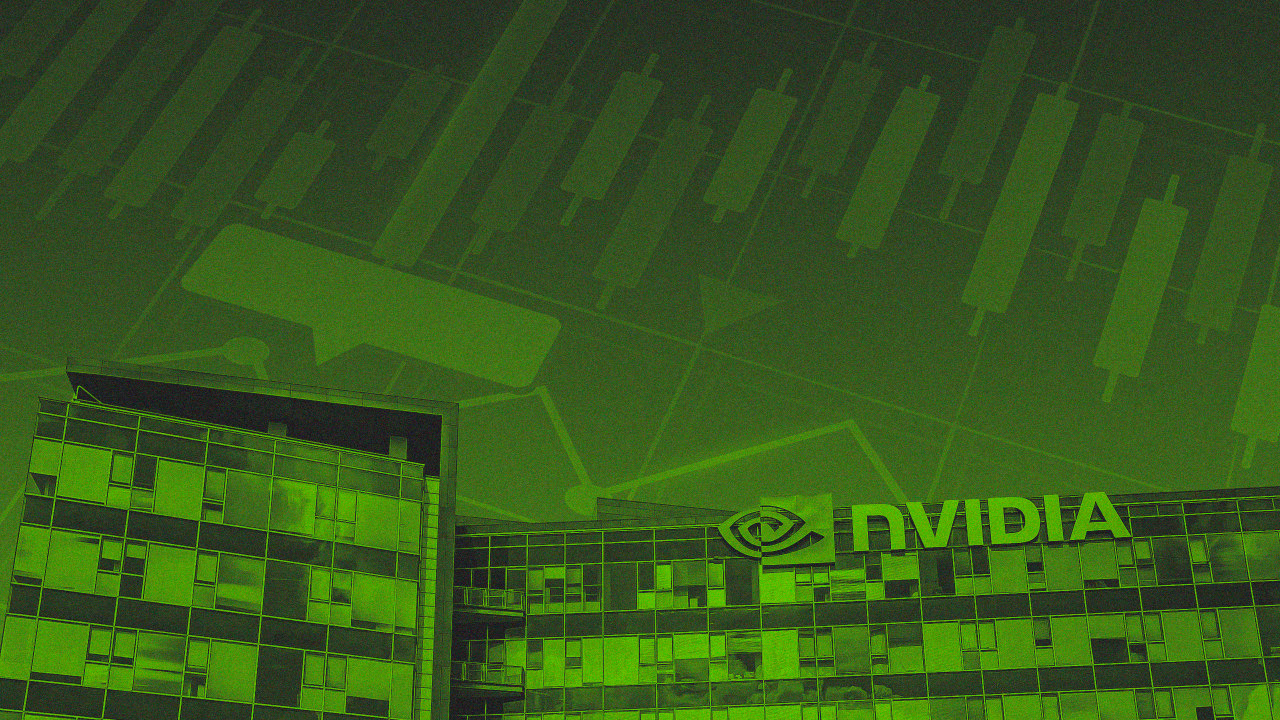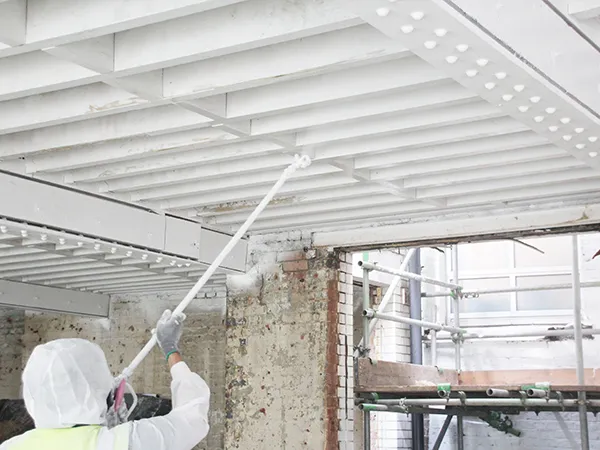Compliance-Driven Uses of Intumescent Coatings in Shoshone, ID’s Industrial Zones
Intumescent coatings serve as critical fire protection solutions in Shoshone, ID’s industrial zones, where compliance with fire safety regulations is mandatory.

Intumescent coatings serve as critical fire protection solutions in Shoshone, ID’s industrial zones, where compliance with fire safety regulations is mandatory. These coatings expand when exposed to heat, forming a protective char layer that insulates steel structures, preventing or delaying structural failure during a fire. The primary compliance-driven use of intumescent coatings in Shoshone’s industrial environments is to meet local and national fire codes while ensuring safety for personnel, equipment, and infrastructure.
Understanding the specific compliance requirements and selecting the right intumescent coating are essential. This article provides detailed insights into the types of intumescent coatings, selection criteria, technical specifications, and market data relevant to Shoshone’s industrial zones. It offers a practical guide for facility managers, safety engineers, and compliance officers to make informed decisions.
Types of Intumescent Coatings Used in Industrial Zones
Intumescent coatings vary based on composition, application method, and fire resistance level. The three main types used in industrial zones are:
Water-Based Intumescent Coatings
-
Easy to apply and environmentally friendly
-
Low VOC emissions
-
Suitable for interior steel structures
Solvent-Based Intumescent Coatings
-
Provide superior adhesion and durability
-
Resistant to harsh industrial environments
-
Often preferred for exterior applications
Epoxy-Modified Intumescent Coatings
-
Offer enhanced mechanical strength
-
Better resistance to chemicals and abrasion
-
Ideal for high-traffic industrial zones
Comparison Table of Intumescent Coatings
|
Feature |
Water-Based |
Solvent-Based |
Epoxy-Modified |
|
Environmental Impact |
Low VOC, eco-friendly |
Higher VOC, less eco-friendly |
Moderate VOC, moderate eco-friendliness |
|
Application Ease |
Simple brush/spray |
Requires ventilation |
Requires specialized application |
|
Durability |
Moderate |
High |
Very High |
|
Fire Resistance Duration |
Up to 120 minutes |
Up to 180 minutes |
Up to 240 minutes |
|
Suitable Locations |
Indoor |
Indoor/Outdoor |
Industrial heavy-duty areas |
|
Cost |
Lower |
Moderate |
Higher |
Compliance Requirements in Shoshone, ID Industrial Zones
Shoshone’s industrial zones enforce fire safety regulations aligned with the International Building Code (IBC) and National Fire Protection Association (NFPA) standards. These regulations mandate specific fire resistance ratings for structural elements depending on building occupancy, size, and function.
Key Compliance Drivers
-
Fire Resistance Ratings: Steel structures typically require coatings that provide fire resistance between 1 to 4 hours.
-
Environmental Regulations: Restrictions on VOC emissions influence the choice of water-based or low-VOC intumescent coatings.
-
Inspection and Certification: Coatings must be certified by recognized agencies like UL or FM Global.
-
Maintenance Requirements: Industrial zones require coatings that can withstand environmental stress and routine maintenance.
Technical Specifications of Intumescent Coatings
Understanding the technical data behind intumescent coatings ensures proper compliance and performance.
|
Specification |
Details |
|
Expansion Ratio |
20:1 to 50:1 (volume increase during fire) |
|
Fire Resistance |
30 minutes to 4 hours depending on coating thickness |
|
Dry Film Thickness |
300 to 1200 microns depending on required rating |
|
Temperature Stability |
-20°C to 120°C operational range |
|
VOC Content |
50 to 350 g/L depending on product type |
|
Adhesion Strength |
> 7 MPa on steel substrates |
|
Application Methods |
Spray, brush, roller |
Selection Factors for Industrial Intumescent Coatings
Choosing the right coating requires considering fire rating requirements, environmental conditions, and application constraints.
Fire Rating Needs
Determine required fire resistance hours based on building codes and industrial risks.
Environmental Exposure
Select coatings resistant to moisture, UV, chemicals, and abrasion common in industrial settings.
Application Constraints
Factor in facility downtime, surface preparation, and equipment availability for applying coatings.
Cost Efficiency
Balance initial material cost against long-term durability and maintenance expenses.
Bonus Tip: Engage with certified professionals to verify fire rating compliance and optimal coating thickness during specification.
Process of Applying Intumescent Coatings in Industrial Zones
Proper surface preparation and application methods affect compliance and coating performance.
-
Surface Cleaning: Remove rust, grease, and dust from steel substrates.
-
Priming: Apply a compatible primer to enhance adhesion.
-
Coating Application: Use spray or brush methods to apply the intumescent layer evenly.
-
Curing: Allow coatings to dry under controlled temperature and humidity.
-
Inspection: Conduct fire resistance testing and certification verification.
Market Data and Trends for Intumescent Coatings
-
The global intumescent coatings market is projected to grow at a CAGR of 7.8% from 2023 to 2030, driven by industrial safety regulations.
-
In the U.S., over 60% of industrial fire protection projects specify intumescent coatings due to their space-saving advantage compared to traditional fireproofing.
Things to Consider Before Making a Decision
-
Compliance Verification: Confirm local fire codes and certification standards before selecting a coating.
-
Longevity vs. Cost: Evaluate total lifecycle costs, including maintenance and recoating frequency.
-
Environmental Impact: Check for VOC limits and environmental approvals specific to Shoshone regulations.
-
Application Timeline: Account for downtime required during surface preparation and curing.
-
Compatibility: Ensure coating compatibility with existing protective systems and substrates.
Common Questions About Compliance-Driven Intumescent Coatings
Q1: How thick should an intumescent coating be for a 2-hour fire rating?
A1: Typically, 600 to 900 microns dry film thickness, but it varies by product and certification.
Q2: Can intumescent coatings be applied outdoors in Shoshone?
A2: Yes, but solvent-based or epoxy-modified coatings are preferred due to weather resistance.
Q3: How often should intumescent coatings be inspected or maintained?
A3: Annual inspections are recommended, with maintenance or recoating every 5–10 years depending on conditions.
Q4: Are intumescent coatings safe for workers during application?
A4: When applied with proper ventilation and protective equipment, they are safe. Water-based products have lower VOCs and pose fewer hazards.
FAQ
What are the main benefits of intumescent coatings in industrial zones?
They provide fire resistance without significantly increasing structural weight or thickness, enabling compliance with strict fire safety codes.
How do intumescent coatings differ from other fireproofing materials?
They expand when heated, forming an insulating char layer, unlike passive materials that do not change physically under fire.
Is surface preparation necessary for all intumescent coatings?
Yes, clean and primed surfaces are critical for adhesion and performance.
Can intumescent coatings be painted over?
Some coatings allow topcoats, but it must be verified to avoid impairing fire resistance.
What certifications ensure compliance for intumescent coatings?
UL, FM Global, and ASTM certifications are standard benchmarks.
Conclusion
Intumescent coatings play a vital role in meeting fire safety compliance within Shoshone, ID’s industrial zones. Selecting the right type depends on fire resistance requirements, environmental exposure, and application needs. Proper technical understanding and adherence to regulations guarantee safety and operational continuity. Facility managers should evaluate local codes, consider lifecycle costs, and involve certified professionals to ensure compliance and optimal fire protection.
Ready to Achieve Fire Safety Compliance in Industrial Zones?
Apply these insights now: Schedule your expert consultation with Valley Spray Works to ensure your industrial facility meets Shoshone’s fire protection standards with appropriate intumescent coatings.
Valley Spray Works
Phone: (208) 490-9260
Email: valleysprayworks@outlook.com
Reviewer: Emily Martinez has 12 years of experience in spray foam insulation. She reviewed this article and suggested ways to make the content more useful for contractors looking to grow their customer base.

























































































































































